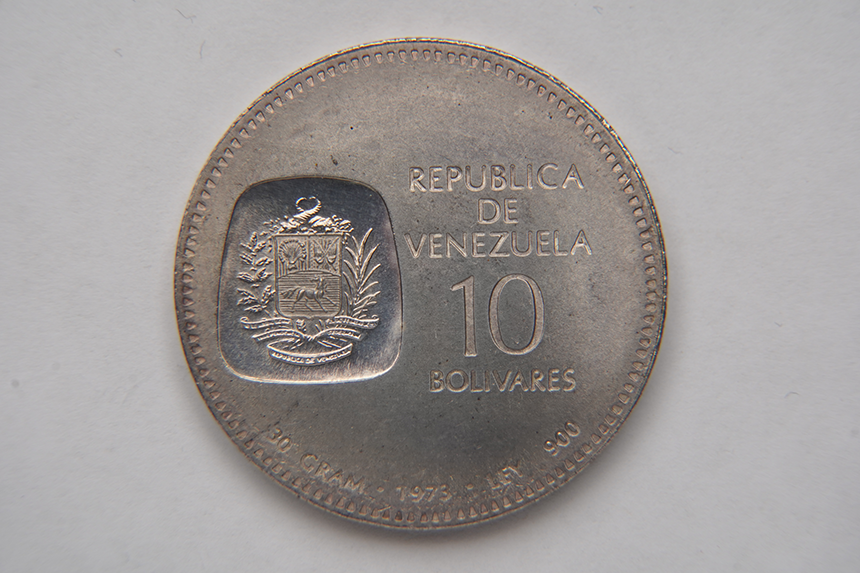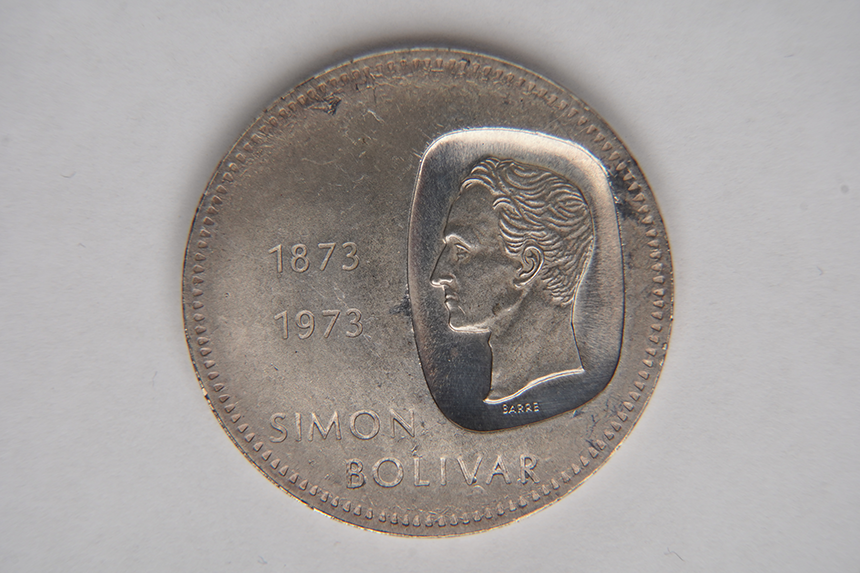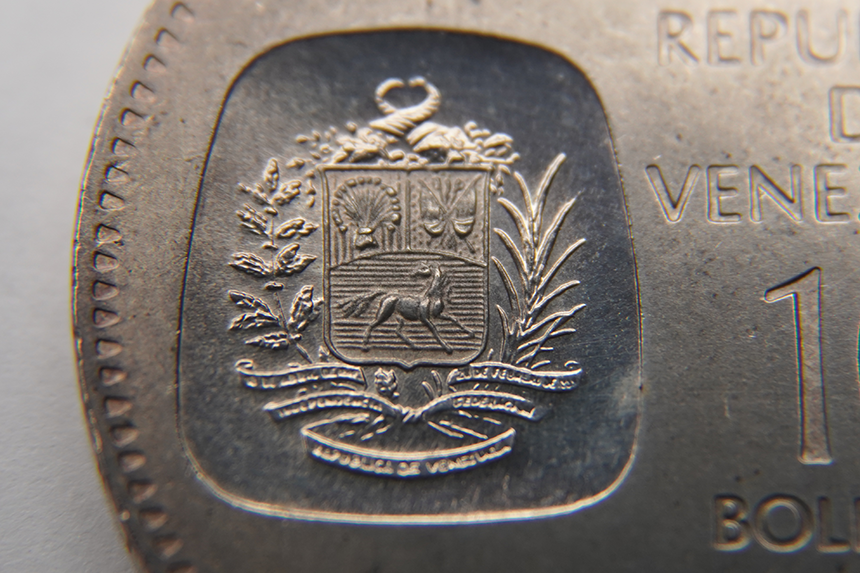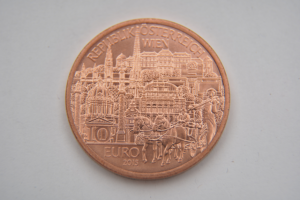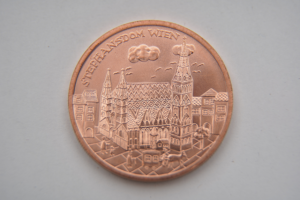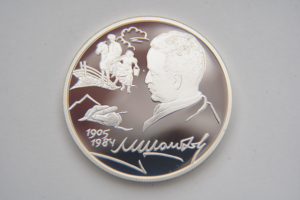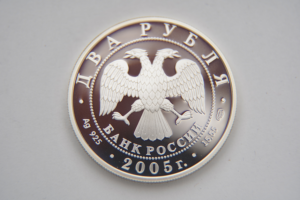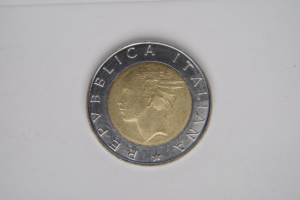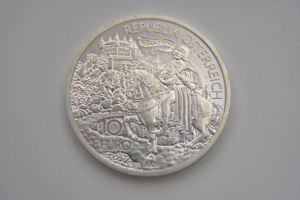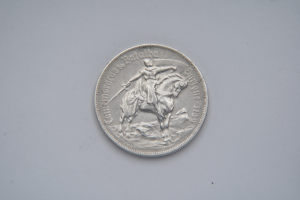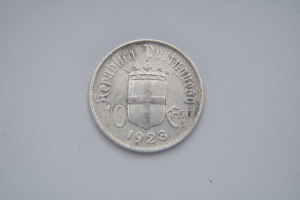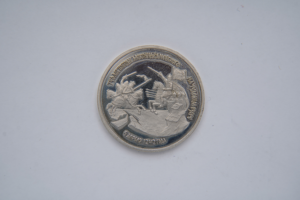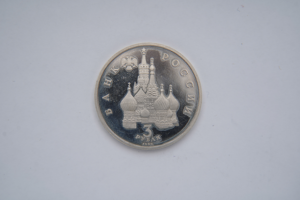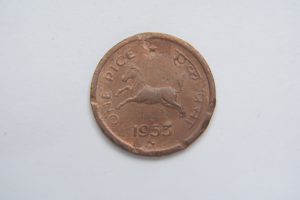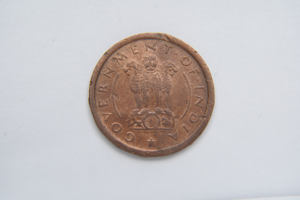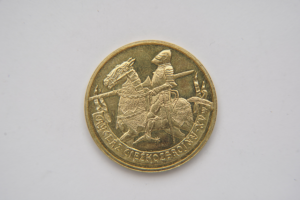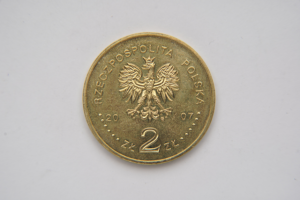History of the coat of arms of Venezuela.
Reverse of the coin.
Big size of obverse of the coin.
More information
History of the coat of arms of Venezuela.
So here we have the Venezuelan bolivar, nominal - 10. The year of issue of this coin is 1973, mint: Ottawa, Canada. Total circulation – 2.000.000.
The coat of arms was established in the Law of the National Flag, Shield and Anthem (Ley de Bandera, Escudo e Himno Nacionales), passed on February 17, 1954, by the military governor of Venezuela, Marcos Pérez Jiménez. The shield is divided in the colors of the national flag. In the dexter chief, on a red field, wheat represents the union of the 20 states of the Republic existing at the time and the wealth of the nation. In sinister chief, on a yellow field, weapons (a sword, a sabre and three lances) and two national flags are tied by a branch of laurel, as a symbol of triumph in war. In base, on a deep blue field, a wild white horse (representing Simón Bolívar's white horse Palomo) runs free, an emblem of independence and freedom.
Above the shield are two crossed cornucopias (horns of plenty), pouring out wealth. The shield is flanked by an olive branch and another of palm, both tied at the bottom of the coat with a large band that represents the national tricolour (yellow for the nation's wealth, blue for the ocean separating Venezuela from Spain, and red for the blood and courage of the people).
In heraldic descriptions, this coat of arms means to the right from the viewpoint of the bearer of the shield, i.e. the viewer's left; sinister means left from the viewpoint of the bearer of the shield, i.e. the viewer's right.
Object data
Title
History of the coat of arms of Venezuela.
Artist
Obverse: Albert Desiré Barre.
Founder
Ottawa, Canada.
Date
1973.
Culture
Venezuela.
Medium
Silver 0.900.
Dimensions
30x34x3.03.
Classification
Coin.

